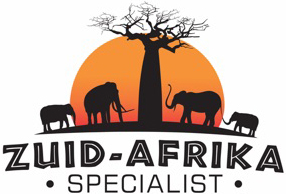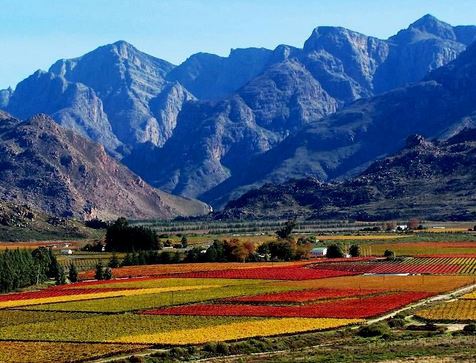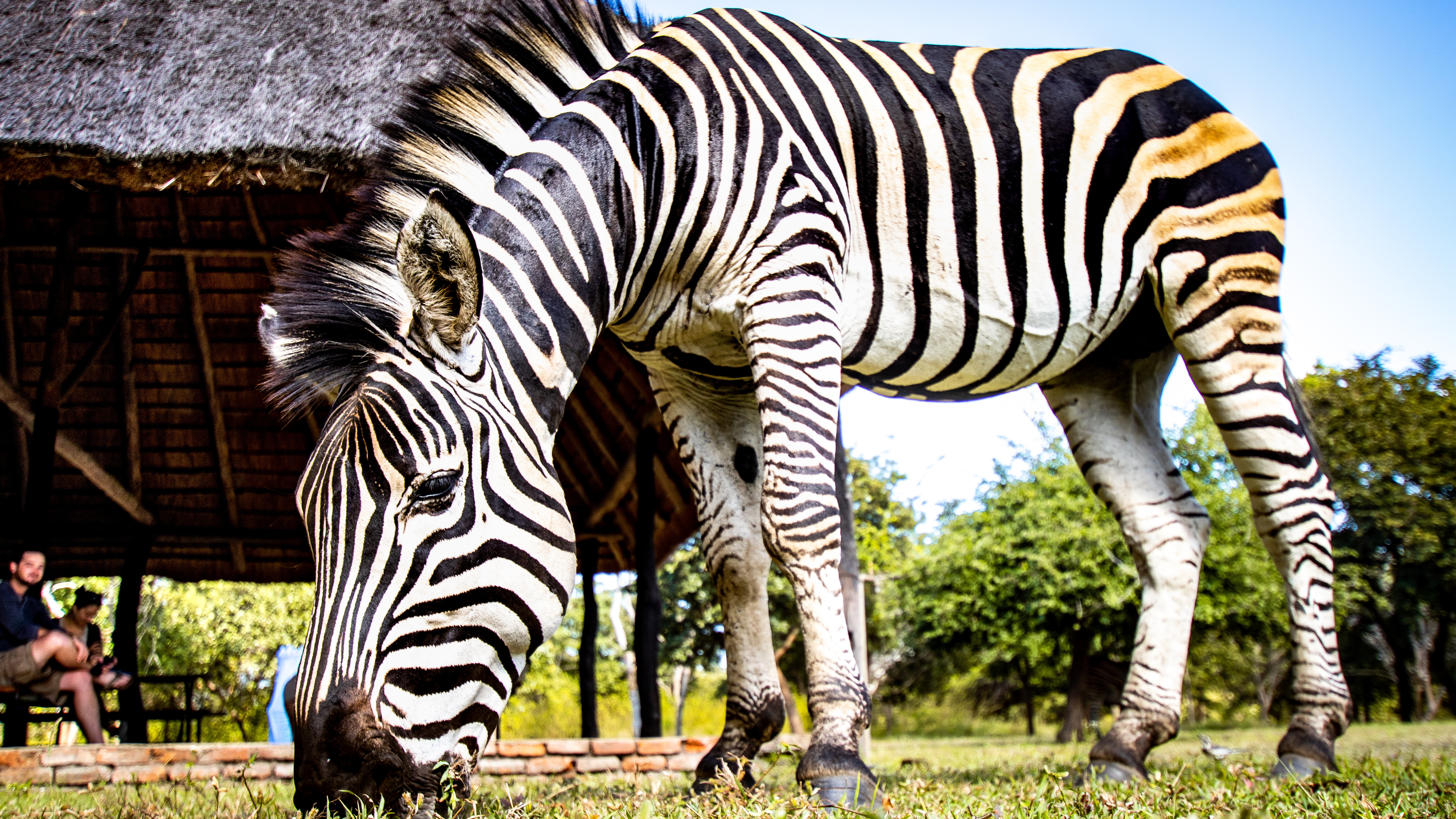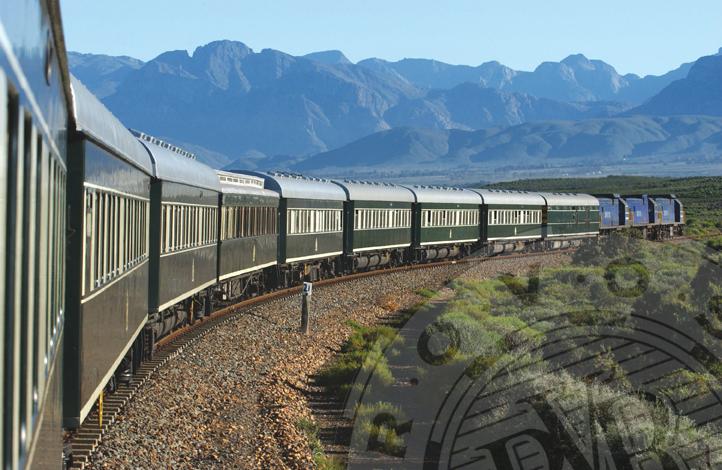Okavango Delta
One of the most special nature reserves in Africa is the Okavango Delta, a huge swamp area that is fed by the 1600 km long Okavango river. The river rises in the highlands of Angola and then flows through Namibia to finally flow into Botswana and flow into the Kalahari. The domestic delta that this has created is the largest in the world, with an area of 15,000 square kilometers. The area consists of a system of river arms and streams, thousands of forested islands, grasslands, savannah and beautiful reed, water lily and papyrus fields.
The water of the Okavango takes almost 9 months to reach the end point at Maun in Botswana from Angola because there is little difference in height. The rain that falls in Angola from October to April does not reach the Delta until June. As a result, the water in the Delta is highest in the dry season and many of the small islands have been flooded. The Okavango Delta can be visited all year round, but the best time to see wildlife is from May to October. The period from November to April is the most suitable for seeing birds and flowering flora. To get a good impression of the area, a small plane or helicopter flight is worth it.
The marsh population consists of hippos, crocodiles, snakes, turtles, water lizards, lizards and many species of fish and insects. You can also encounter lions, giraffes, buffalo, zebras, wildebeests, kudu, leopards, wild dogs, hyenas, cheetahs, baboons and some rare antelopes during a safari. You will get the true Okavango safari feeling when you take a walking safari on one of the islands with a guide. During a stay in the Delta, a boat trip in a traditional canoe, a ‘mokoro’, which is propelled with a long pole by a ‘poler’, cannot be missed. Be immersed in the tranquility of the crystal-clear water and the labyrinth of small waterways while you silently sail between the reeds and the lilies. You can spend the night in the Delta, but there is no running water or electricity at the ‘campsites’, so you have to love nature’s back to basics. You will always be accompanied by local guides who will take you to your residence with the mokoro. A campfire will always be lit to keep wild animals at bay. More on the edge of the Delta you will find excellent campsites and accommodations from which you can make trips into the Delta.
Most of the lodges are located in the Moremi Game Reserve on the north-east side of the Delta. This reserve has no fence and animals can move freely in and out of this part of the Delta. The lodges are all luxurious and reasonably priced, this to prevent mass tourism and to protect the natural beauty of the flora and fauna within the Delta. Here you can make good game drives by 4×4 car or on foot with experienced guides. Spending the night in Maun and making a trip to the Okavango Delta from there is also possible.
Add to my travel plans


